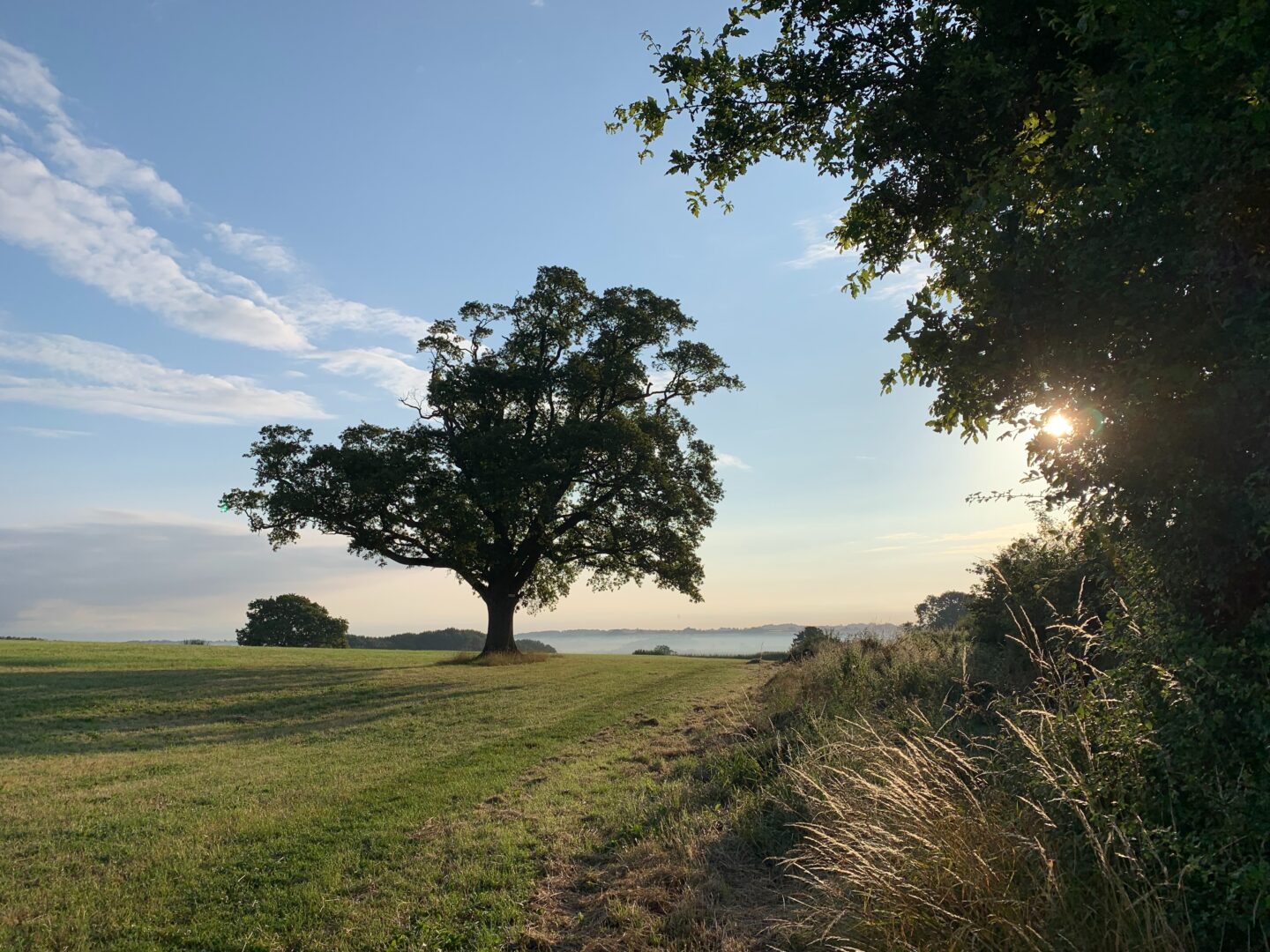Local Green Spaces case study: Young people in rural areas

Rural areas often lack the required services and activities to keep young people engaged in their local communities.
This combined with limited employment and educational opportunities can drive them away from rural areas. Despite having relatively easy access to the countryside, rural communities still benefit greatly from Local Green Spaces, with over half of all LGSs found in predominantly rural areas. Beyond the numerous benefits for children’s health and wellbeing, LGSs can also be great spaces for young people to connect with each other and foster a sense of belonging in their community.
In Shropshire, the Idsall School and Shifnal County Primary School playing fields hold a LGS designation due to their recreational value for local residents. The school allows its sports facilities to be used outside of school hours and often holds community activities like sports festivals. This use of LGS can encourage young people to stay in the countryside and potentially rejuvenate the area. Preserving this area as a protected space ensures that children and teenagers will not lose an important space of recreation as they continue to grow.
Research has demonstrated that 65% of young people believed that green spaces were the best part of living in rural areas. Therefore, any commitment to support and retain young people in rural areas must consider the value the younger population attaches to Local Green Spaces and their socialising and entertainment functions.
Read the full report
This case study is part of our 2023 Local Green Spaces report. View the full report by clicking the link below.



